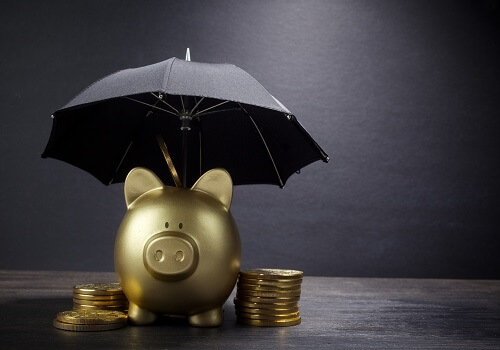“On the first day of the week let each one of you lay something aside, storing up as he may prosper, that there be no collections when I come.”
1 Corinthians 16:2 NKJV
As I prepare for an upcoming finance class at my church, I began thinking about our current economic situation and the importance of an emergency fund. I remember when I was young, my mom would hide money in an old, long, white sock for emergencies or the unexpected. I can still see her pulling a wad of money out of that old sock from the bottom of her closet where she had buried it in an old, unused purse. If she was pulling it out, something unexpected had occurred—a repair or to purchase a new appliance. You have to know, my mother had a meager income; her paycheck was less than $100 per week, but she always had the money for unforeseen events.
During the past weeks, we have witnessed life’s unpredictability due to the outbreak of the coronavirus. These are times when we need to make sure we have some extra money saved for the proverbial “rainy day.” Due to the virus, many businesses have temporarily shut down and schools and colleges have closed for an uncertain amount of time causing loss of income, increased need for food, household supplies, and utilities. In instances like these, an emergency fund can help alleviate some of the stress and anxiety that goes along with unforeseen events. In an article titled, “How to Start (and Build) and Emergency Fund,” Matthew Goldberg provides the following steps on starting an emergency fund:
- Make a budget. Know where your money is going so that you can find saving opportunities. You may find you will need to cut expenses or perhaps increase your income.
- Use direct deposit. Using your budget, make your savings automatic by splitting a portion of your direct deposit into a savings account or money market account.
- Gradually increase the percentage/amount you are saving (if possible). This will help you continue to increase your savings.
- If you receive a windfall. If you receive any sort of cash as a gift, try to put at least a portion of it into your savings account to give increase your emergency fund. (A tax refund is an example of money that can help grow an emergency account.)
- Plan to cover at least three to six months of emergency expenses. Look at your budget (from step one) and calculate how much you will need each month to cover essential expenses. Rent or mortgage, food, and transportation are some of the necessary spending categories.
- When you reach your goal, keep saving. If an emergency requires more money than a six-month cushion, you will be relieved to have this extra money on hand.
When we store our ICE contacts in our cell phones, we expect backup just in case we get into trouble. An emergency fund serves the same purpose—it is backup. If you currently do not have an emergency fund or “rainy day” fund, consider the aforementioned tips. I have also attached the video link below demonstrating how to build an emergency fund.
As always, I would love to hear your comments, and please share with a friend.

